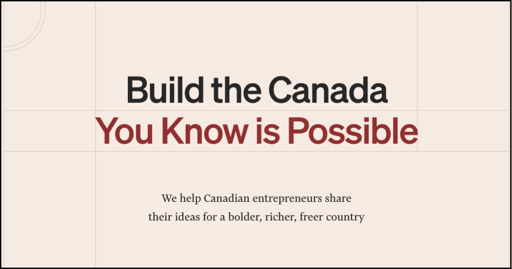Avid Amoeba
- 1 Post
- 3 Comments
Joined 2 years ago
Cake day: July 5th, 2023
You are not logged in. If you use a Fediverse account that is able to follow users, you can follow this user.
I skimmed through a few memos. Changes proposed loosely or directly benefit the author of the memo. E.g. Bird guy wants Canada to deregulate transportation not to build more public transit but allow robots (and probably more scooters) and such on the streets.
Several Shopify names on there, Wealthsimple, Questrade, etc.




They have laundry detergent? 🫨